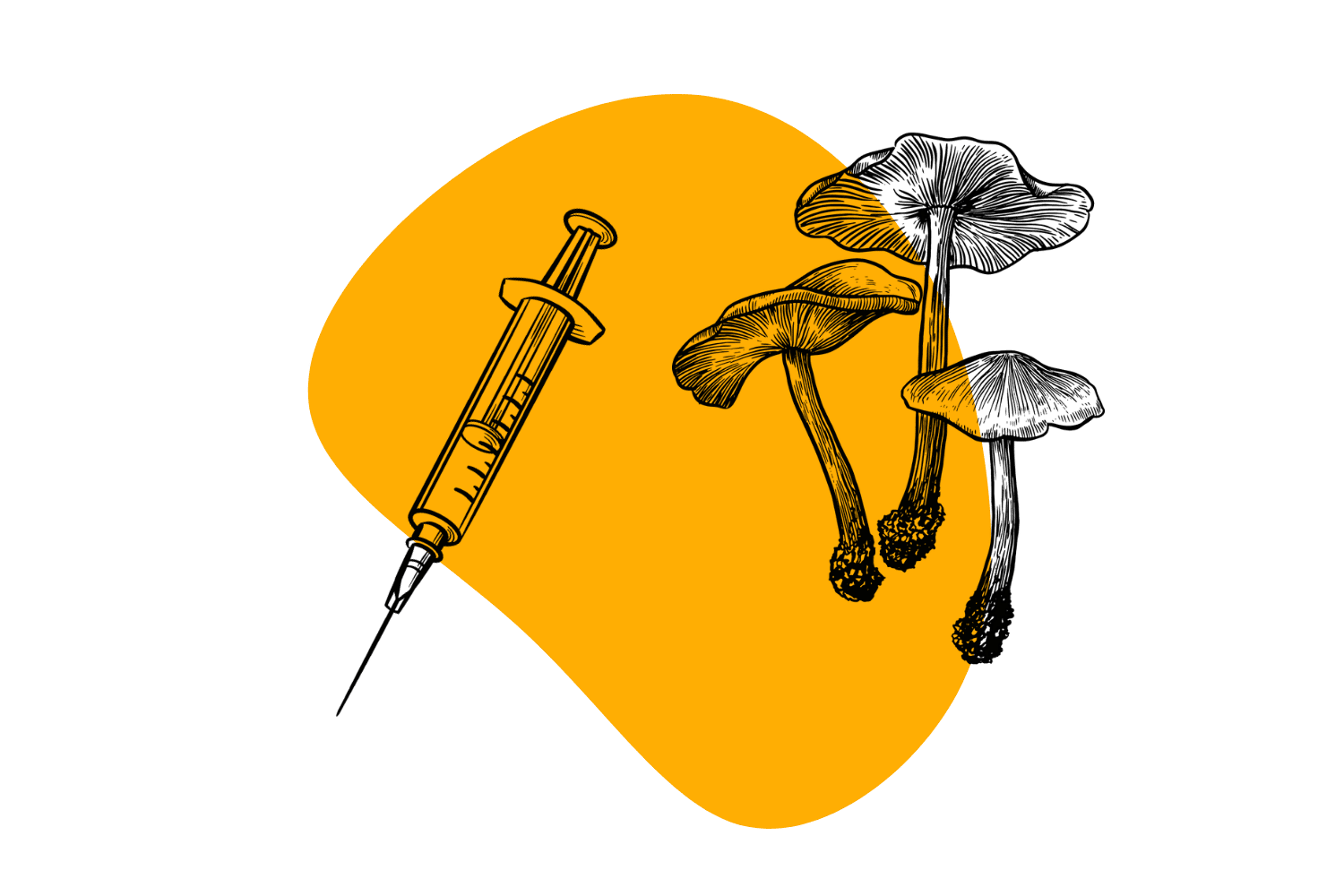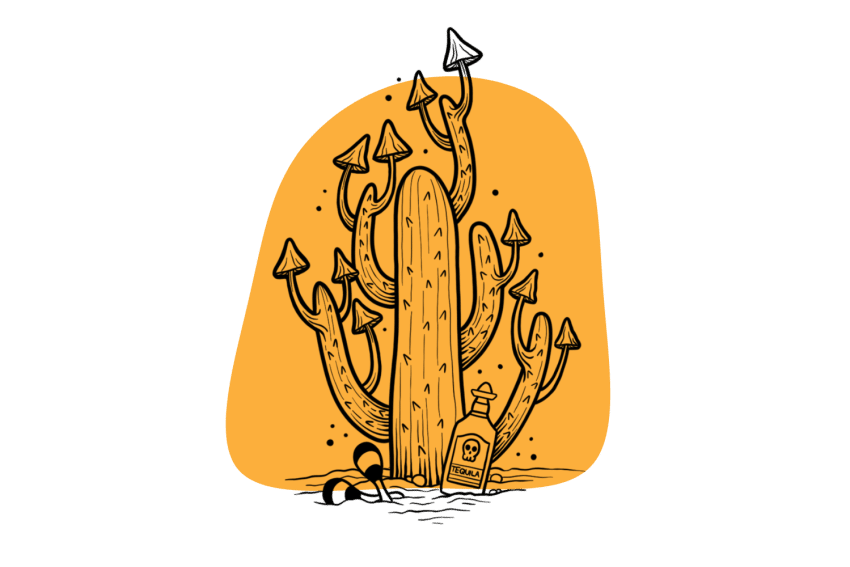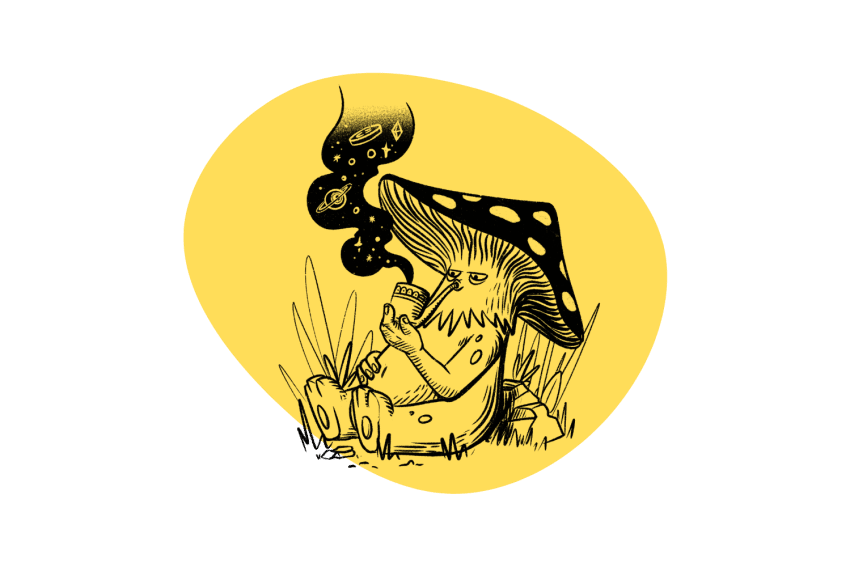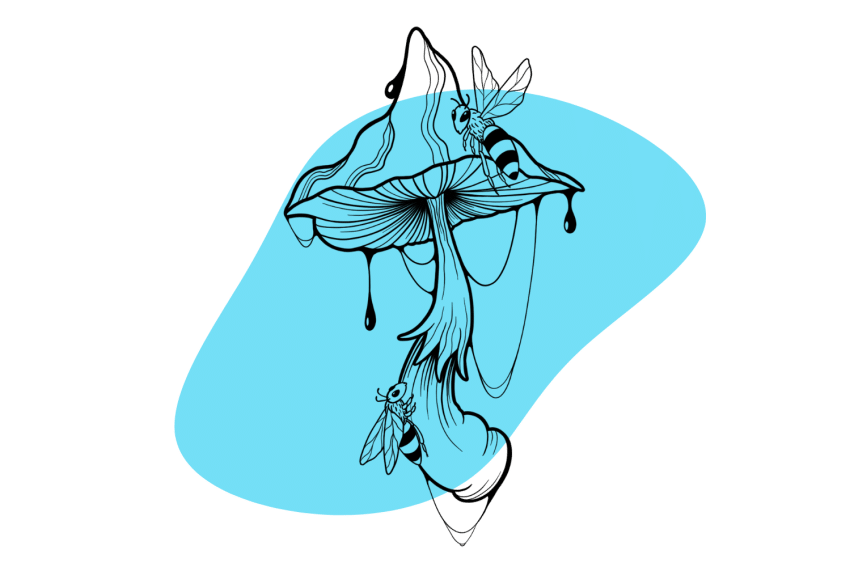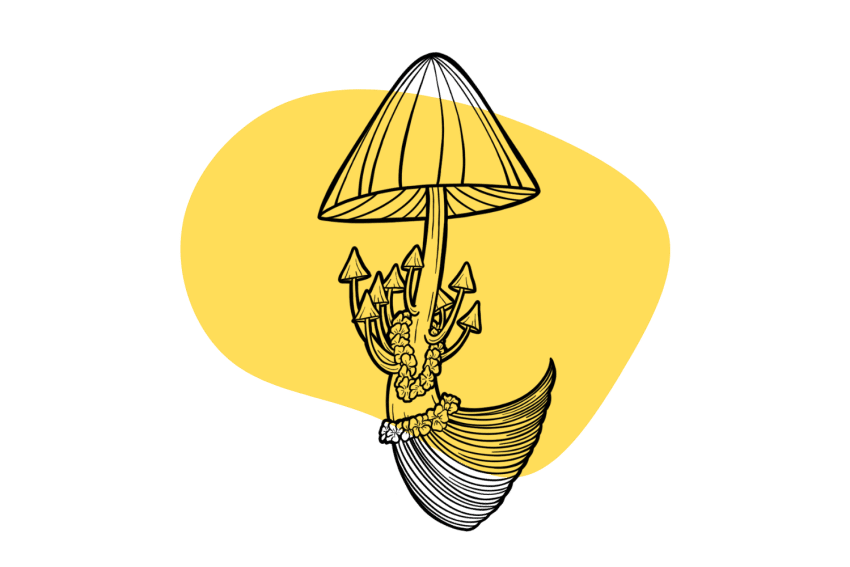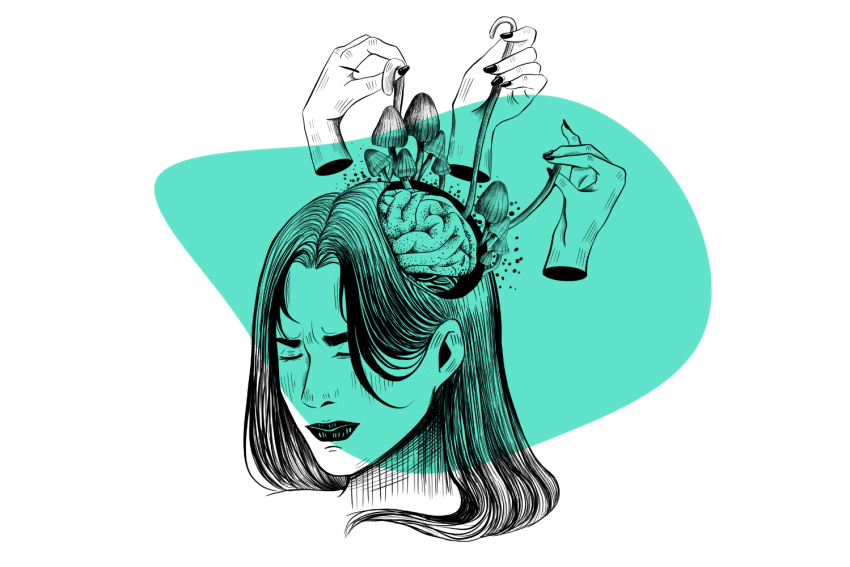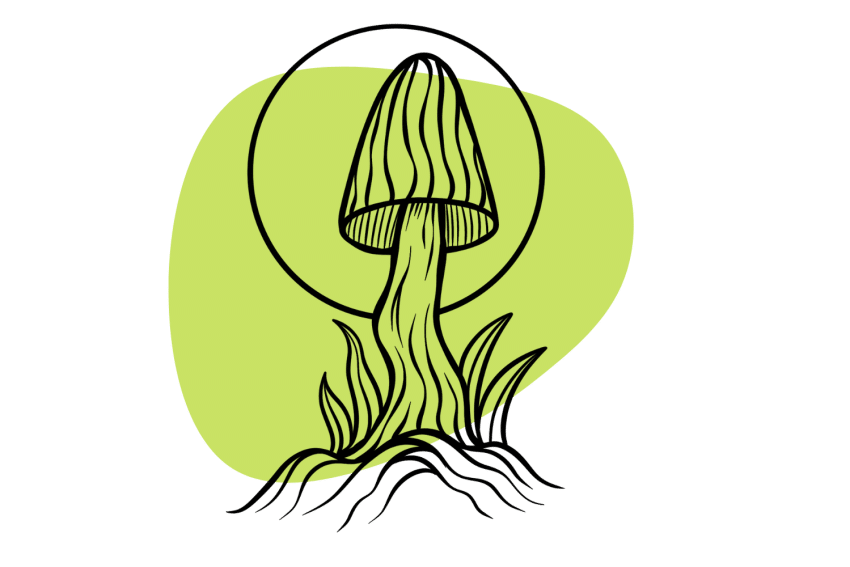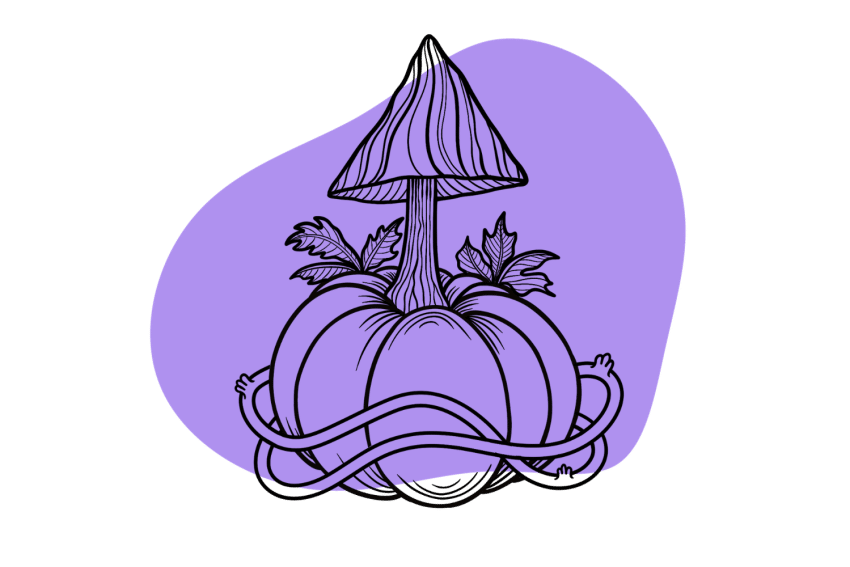The Dixieland Magic Mushroom Strain
The Dixieland strain is well-rounded, making it great for beginners and ideal for commercial growers.
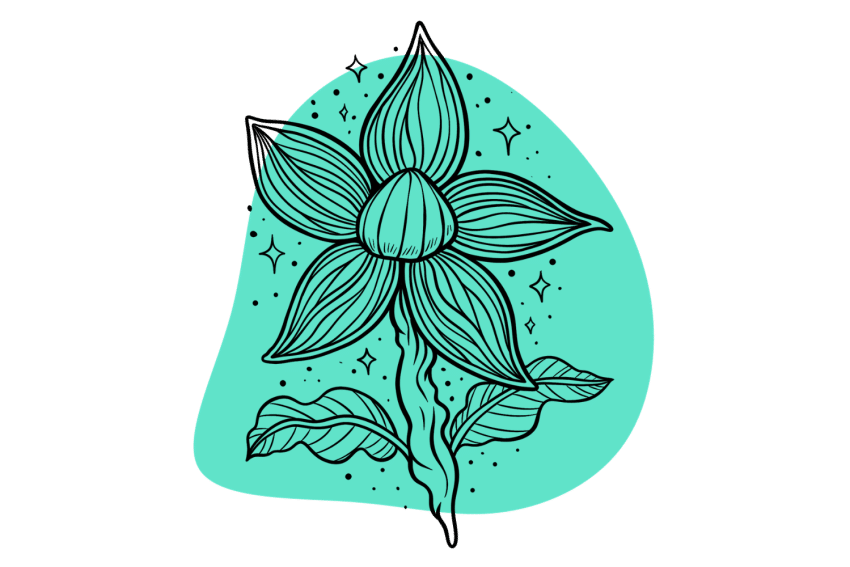
Dixieland is one of the hundreds of Psilocybe cubensis strains and was discovered somewhere along the Mississippi River. It gets its name from where it was found — “Dixieland” is a nickname for the Southern United States.
This strain was discovered by an amateur mycologist named “Dial8.” This was the first ever wild cube he had found, and it had taken him over two years to find it.
Dixieland shrooms possess bulbous, average-sized caps that are cream to tan in color. The stems are white, wavy, and slender. They’re fairly typical of Psilocybe cubensis mushrooms in their appearance and potency — producing average tryptamine levels.
Similar to other strains found in the region, Dixieland appears to be highly resistant to contamination, making it a good option for beginner cultivators. Decent yields of average-sized, average-potency mushrooms can be produced over several flushes before the mycelium eventually succumbs to mold.
Overall, the Dixieland strain is well-rounded. It’s average in all aspects, making it a predictable strain for amateur cultivators, commercial growers, and people looking to quickly grow large amounts of mushrooms.
Dixieland Strain Specs:
| Potency | Average |
| Cultivation | Beginner |
| Species | Psilocybe cubensis |
| Substrate Recommendation | Rye Grain |
| Cost | $$ |
| Sold By | Ralphsters Spores, Sporeslab, Tatanka, The Magic Mushrooms Shop |
History of the Dixieland Strain
The Dixieland strain came on the market sometime after 2005. It was discovered by an amateur mycologist with the online handle “Dial8.” He had been searching for Psilocybe cubensis mushrooms in local cow pastures for over two years with no success until he came across what he aptly named “the Dixieland strain,” growing just five minutes from his house.
They were discovered somewhere east of the Mississippi River — the exact location is undisclosed.
After discovering these shrooms, Dial8 cultivated the wild spores and shared his results on the “Mycotopia” forum. From here, spore samples were distributed among other keen amateur mycologists before eventually becoming available at the major online spore vendors.
The Dixieland Strain Potency & Psilocybin Content
We’ve rated the Dixieland strain from trip reports and data from similar strains as “average potency.” This strain can produce between 0.50% and 0.90% total tryptamines, but it could produce more or less depending on how it’s grown.
Unfortunately, there’s very little data on the exact psilocybin and psilocin levels produced by Dixieland shrooms. A sample has yet to make it into the Oakland Hyphae Psilocybin Cup and has yet to be tested by trustworthy mushroom vendors.
After consuming Dixieland shrooms, you can expect light visual stimulation, intense euphoria, and a sense of calm. Visual hallucinations and the “body high” intensify when you take over three grams.
Where to Buy the Dixieland Mushroom Spores
The Dixieland strain has been circulating the market for quite some time. It’s well-established in the community, and spore samples are available to purchase from various vendors worldwide.
Here’s where to buy Dixieland spores:
- Canada: Dixieland spore samples are available in spore syringes at Sporeslab.
- The United States: Dixieland spore prints and syringes can be purchased from Ralphsters Spores.
- Europe & the United Kingdom: Dixieland Spore syringes and vials can be purchased from Tatanka or The Magic Mushrooms Shop.
How to Grow Dixieland Mushrooms
Dixieland shrooms are relatively easy to grow compared to some other Psilocybe cubensis strains, making it a good choice for inexperienced cultivators.
Dixieland mushrooms can be grown easily using a simple cultivation method known as “PF Tek” — Psilocybe Fanaticus Technique. This method involves a few simple pieces of equipment, and it’s relatively cost-effective and easy to set up, even for a complete beginner.
The Dixieland strain grows well on most substrates, but the best substrate for beginners is “BRF.” BRF is a combination of brown rice flour, water, and vermiculite. When made correctly, this substrate will form nutritional “cakes” that form a base for mycelial growth and, eventually, mushroom growth.
If you want to learn how to cultivate Dixieland shrooms using PF Tek, check out: How to Grow Magic Mushrooms: The Easy Way.
Other Psilocybe cubensis Strains from the USA
The Dixieland strain is quintessentially American. However, it’s not the only strain from the USA. Several other Psilocybe cubensis shrooms grow across the United States, and many have more to offer than the Dixieland strain.
Here are ten other strains from the USA:
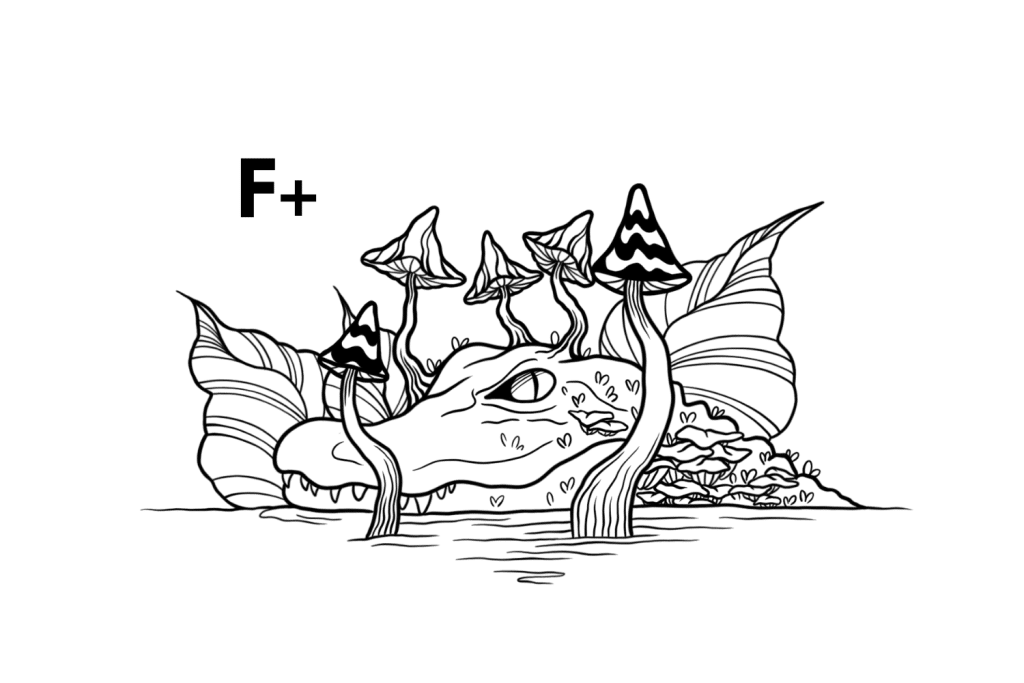
1. Florida White (F+)
Florida White — also known as “F+,” “Florida Strain,” or simply “F-Strain” — is a resistant strain that was discovered somewhere in Florida.
Although it’s easy to grow and spores are readily available, it’s not particularly popular, possibly due to its poor potency — producing average tryptamine levels of 0.36%.
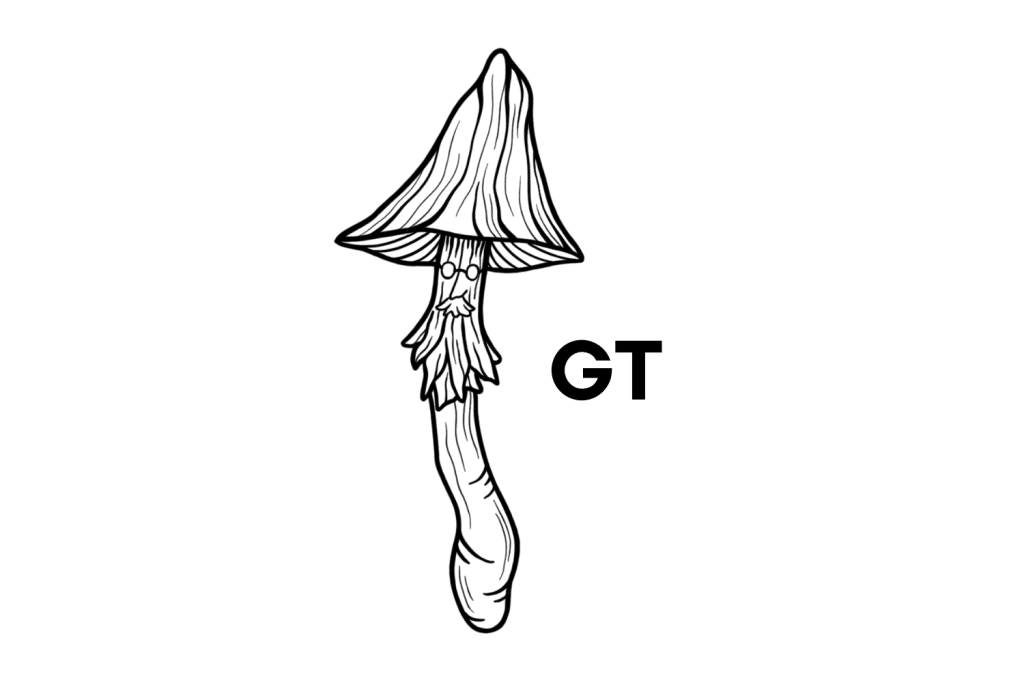
2. Golden Teacher
Golden Teacher is one of the most popular strains of Psilocybe cubensis on the planet. This famous strain is favored for its well-rounded nature — it’s easy to grow, produces average potency, and can produce good yields over several healthy flushes.
Its origins have been somewhat lost. However, it’s believed the strain was discovered somewhere in the Gulf region of the United States in the late 1970s or early 80s. The average Golden Teacher mushroom produces around 0.73% total tryptamines.
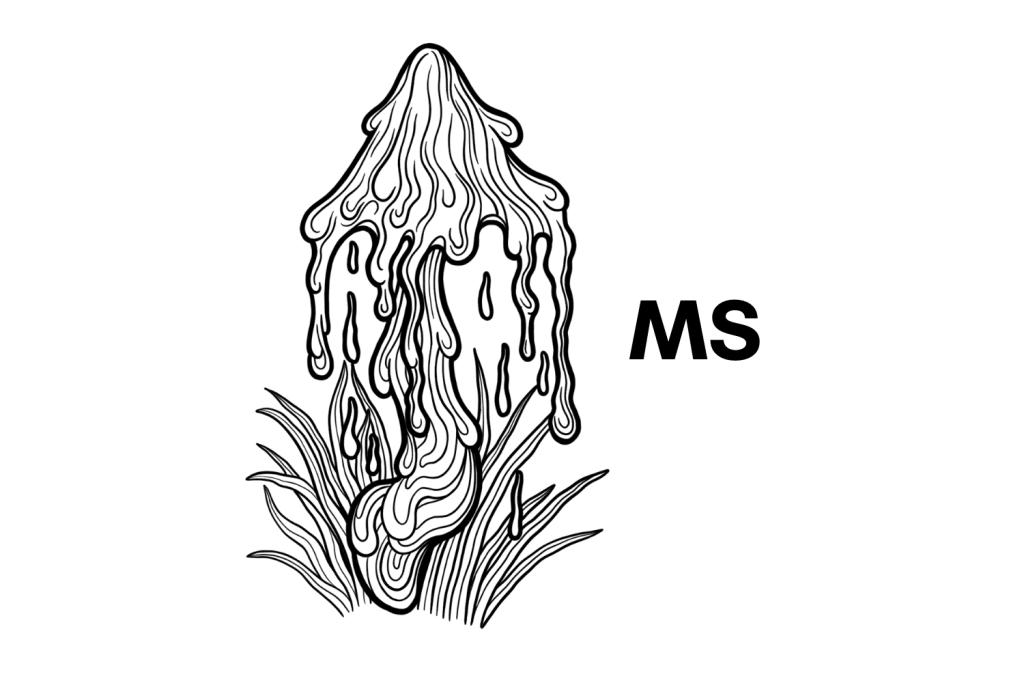
3. The Mississippi Strain
The Mississippi strain comes from a region similar to the Dixieland strain, and the two have a lot in common. It produces similar-looking shrooms with comparable potency, making good yields possible through several healthy flushes. The Mississippi strain is famed for its thick spore production, making it a great choice for cultivators who want a strain for spore collection.
The Mississippi strain produces somewhere in the region of 0.50% and 0.90% total tryptamines.
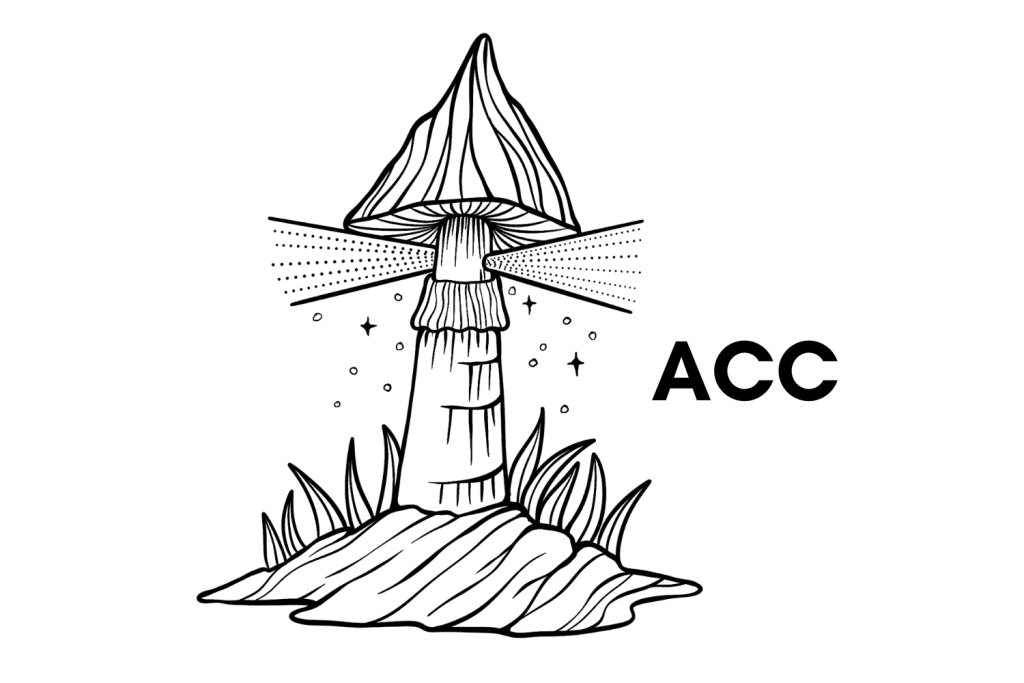
4. The Acadian Coast Strain
The Acadian Coast is a rare strain of Psilocybe cubensis that grows naturally on the East Coast of North America, from Newfoundland down to Louisiana.
This strain produces medium to large mushrooms with thick tan caps. It’s rated as having “average potency” — with somewhere between 0.50% and 0.90% total tryptamines — and has prolific flushes when grown in ideal conditions.
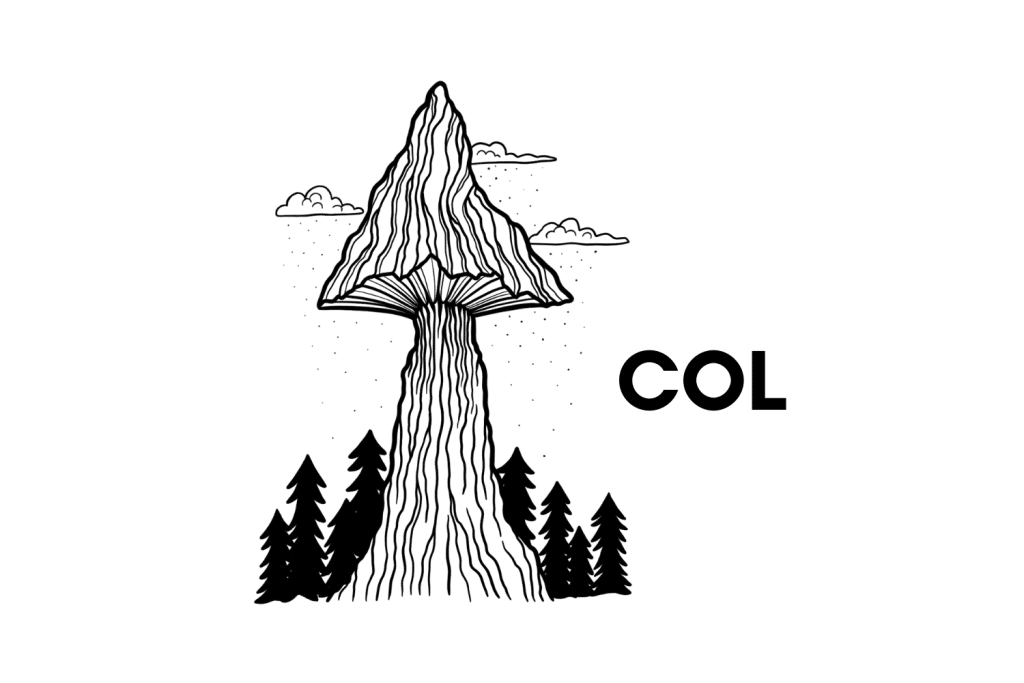
5. The Colorado Strain
The Colorado strain was supposedly discovered somewhere in the mountainous region of Colorado. However, this is debatable since the cool, unstable climate of the mountains isn’t ideal for this mushroom species. That said, it’s not impossible, as there are rumors of people finding Psilocybe cubensis shrooms in the state during the summertime.
This strain is pretty average in potency — producing little more than 0.60% total tryptamines. However, what it lacks in potency, it makes up for in resistance and yield potential. The Colorado strain can produce decent yields across several flushes, even in sub-par conditions.
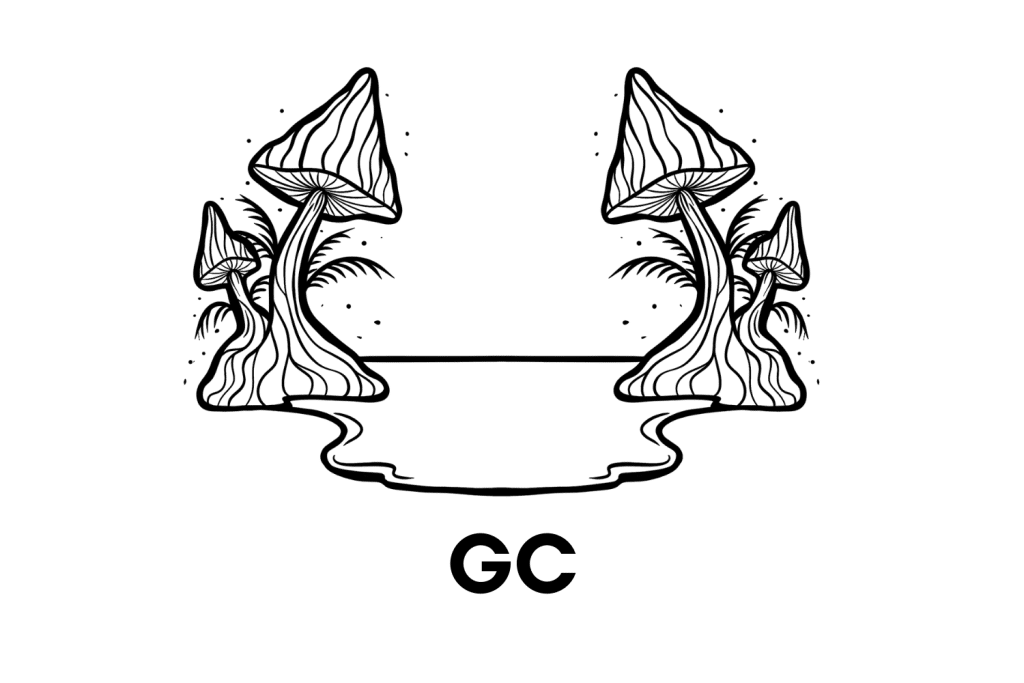
6. The Gulf Coast Strain
The Gulf Coast strain is famed for its heavy mushroom production. Large yields are possible over several healthy, prolific flushes. It’s believed this strain originates from somewhere around Mississippi, but its exact origins are unknown.
This strain produces relatively average potency, producing between 0.50% and 0.90% total tryptamines. It’s easy to grow and can cope with unoptimized conditions, but cold shocking is necessary to increase production through the third and fourth flushes.
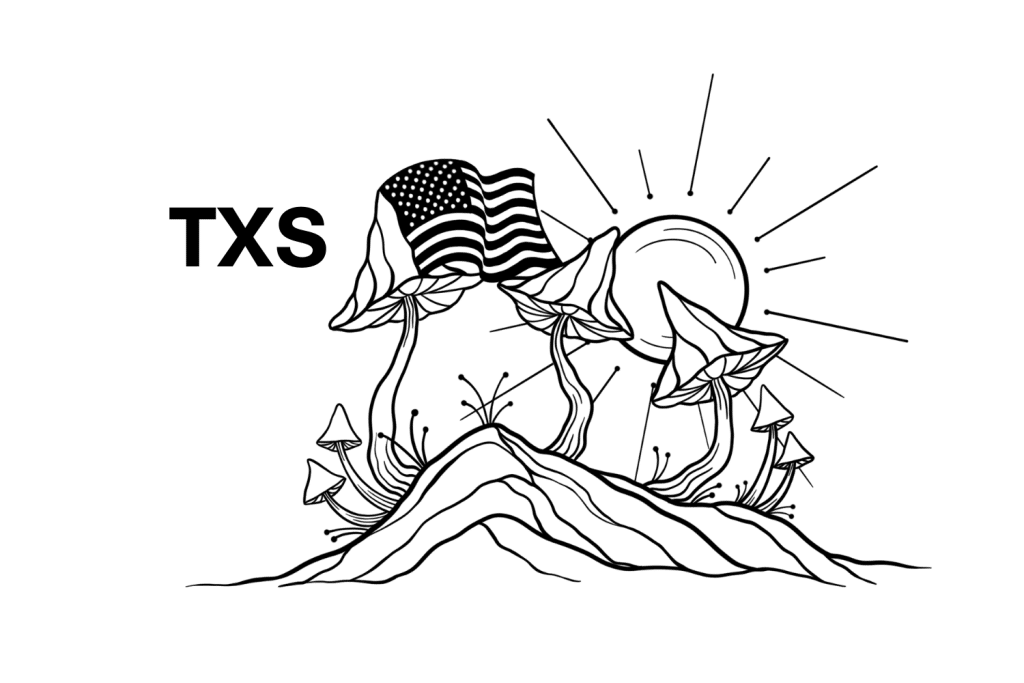
7. The Texas Strain
The Texas strain was supposedly discovered somewhere in Texas. However, several strains are sold under this name — not all may originate from the Lonestar State.
It’s hard to provide an exact potency level for this strain due to the inconsistency of the genetics supplied by spore vendors. The average Texas mushroom may produce anywhere from 0.50% to 1.80% total tryptamines.
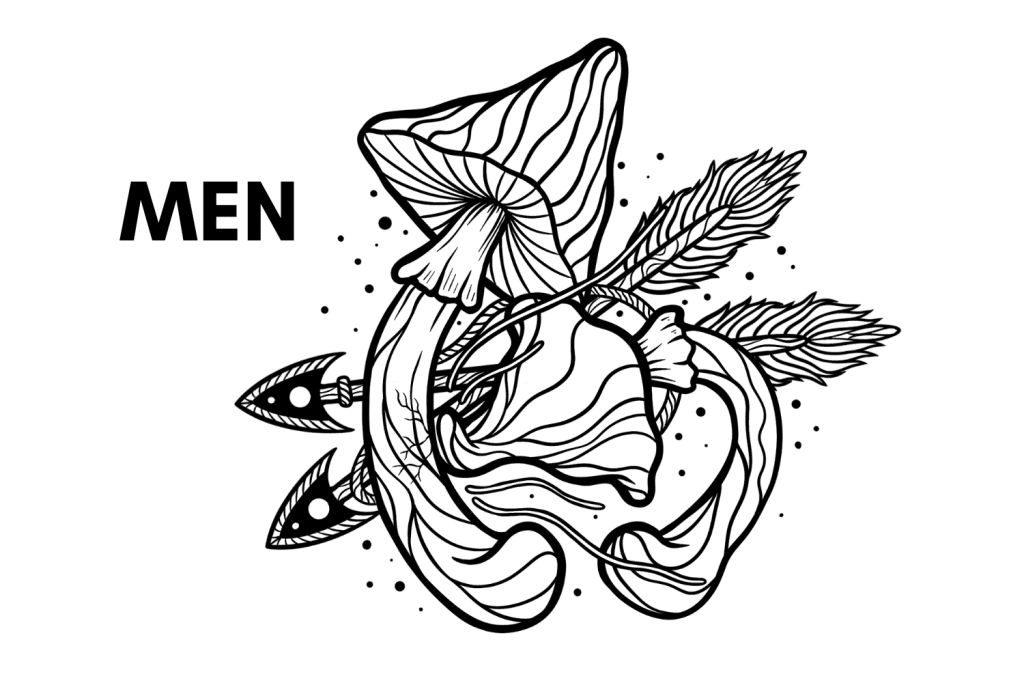
8. Menace
The Menace strain was collected by “P. Menace” — a frequent Shroomery user and dedicated shroom collector. He discovered it growing just outside of Houston, Texas, and is responsible for stabilizing it and distributing the spores throughout the mushroom community.
The average Menace mushroom produces above-average potency — around 1.20% of total tryptamines. Thanks to its contamination resistance and ability to thrive in an unoptimized environment, it’s an easily cultivated strain.
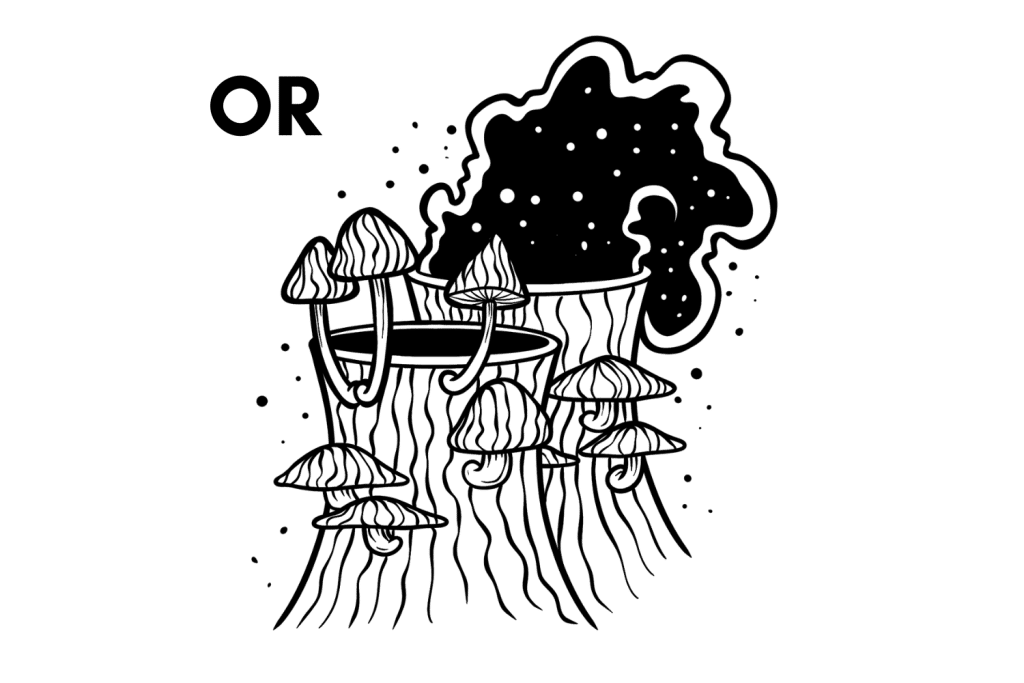
9. Oak Ridge
The Oak Ridge strain was discovered growing near a nuclear facility in Oak Ridge, Tennessee. It produces medium-sized mushrooms of average potency and is famed for its contamination resistance.
This strain is ideal for beginners in mushroom cultivation and consumption. It produces “florets” of uniformly identical-looking mushrooms, making it the ideal strain for commercial growers as well.
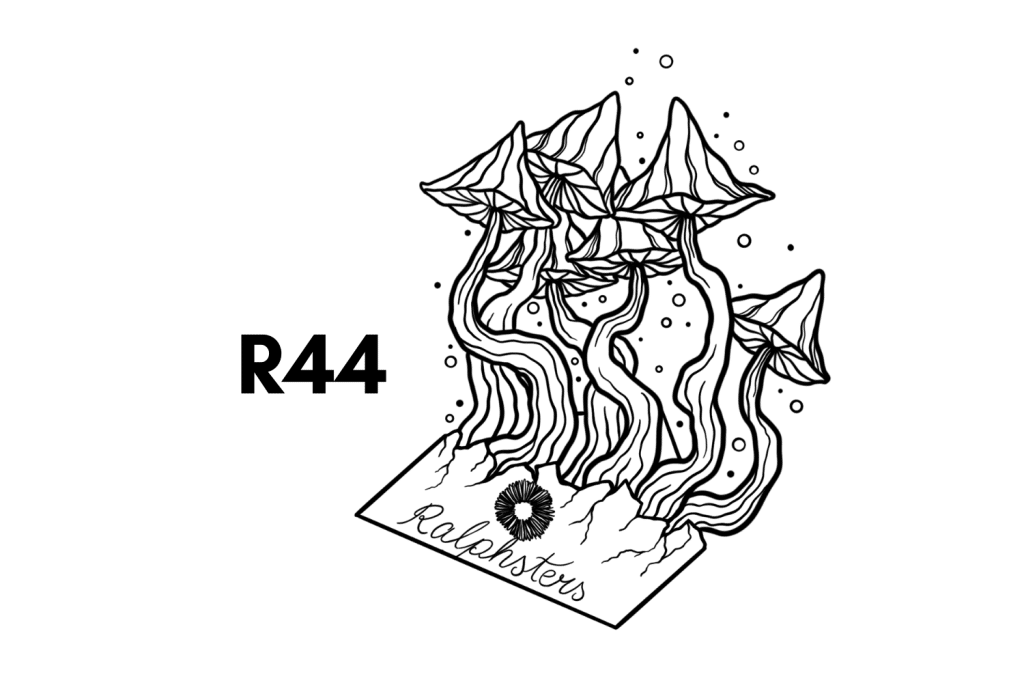
10. R44 Cubensis
Ralph from “Ralphsters Spores” discovered the R44 Cubensis strain. He found it growing somewhere in the southern United States. It was lost for several years due to “poor record keeping,” but has since been rediscovered and introduced back onto the Ralphsters Spores website.
This strain is easy to grow thanks to its contamination-resistant qualities and aggressive mycelium. It produces average potency — somewhere in the region of 0.50% to 0.90% total tryptamines.
Frequently Asked Questions
Curious to know more? Here are the answers to some questions we see a lot.
1. Are Psilocybe cubensis Spores Legal to Buy In the United States?
Although magic mushrooms are illegal to purchase and consume in most regions across the United States, Psilocybe cubensis spores are generally unrestricted.
Psilocybin — the psychedelic component in magic mushrooms — is the restricted compound. Since spores don’t contain this compound, they’re completely legal to purchase and own. However, they become illegal as soon as these spores are cultivated and produce psilocybin-containing mushrooms.
Although P. cubensis spores are legal across most of the US, a few states restrict their sale. It’s important to check local regulations before ordering magic mushroom spore samples.
2. Where Are Psilocybe cubensis Mushrooms Legal?
In Canada, the United States, and most of Europe, magic mushrooms — including Psilocybe cubensis shrooms — are illegal to possess, consume, and distribute. However, there are a few exceptions.
In Canada, psilocybin-containing fungi are technically illegal. However, the laws are generally unenforced, and magic mushrooms are available to buy from vendors both online and in physical stores.
In the United States, there are a selection of states that have legalized psilocybin for medical use or decriminalized it. Magic mushrooms have fewer restrictions in California, Colorado, Oregon, Massachusetts, Michigan, Washington, and Washington, DC.
In Europe, magic mushrooms are generally illegal. However, there’s a select group of countries where psilocybin in certain forms is legal, decriminalized, or in a legal gray area, including the Netherlands, Portugal, Spain, and Austria.
Countries such as the Bahamas, Jamaica, Brazil, Nepal, and Samoa have completely legalized the use of psilocybin.
3. What Other Species of Psychedelic Mushrooms Can You Find In America?
Psilocybe cubensis isn’t the only species of psilocybin-containing fungi that grows naturally in the United States. There are over 180 species of psychedelic mushrooms, several of which grow across the US.
Here are some other psilocybin mushrooms that grow in America:
- Psilocybe semilanceata
- Psilocybe cyanescens
- Psilocybe azurescens
- Psilocybe baeocystis
- Psilocybe caerulescens
- Psilocybe mexicana
- Psilocybe pelliculosa
- Psilocybe allenii
- Psilocybe stuntzii
- Psilocybe ovoideocystidiata
- Psilocybe subaeruginosa
- Psilocybe sierrae
- Psilocybe cyanofibrillosa
- Psilocybe liniformans
- Psilocybe liniformans var. americana
- Psilocybe mescaleroensis
- Psilocybe meridionalis
- Psilocybe montana
- Panaeolus cinctulus
- Panaeolus foenisecii
- Panaeolus cyanescens

